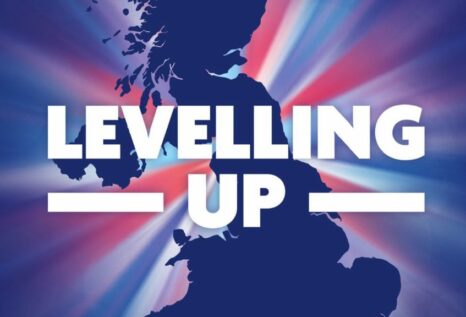Government grants are a vital source of funding for research, education, and other important projects. However, the pool of applicants for these grants is not always representative of the diversity of the population. This is a continuing problem for grant givers as it limits the potential of the grant, perpetuates inequality and undermines future application rounds.
There are a number of things that can be done to increase the diversity of government grant applicants. One important step is to make sure that the application process is accessible and inclusive. This means using clear and concise language, providing examples and templates, and offering support and guidance to applicants. Use of video applications can allow access by applicants whose written language is not well developed to participate. It is also important to reach out to underrepresented communities and organisations to make them aware of the opportunities available.
Another important step is to change the way that government agencies evaluate grant applications. This means moving away from a focus on past performance and instead focusing on the potential impact of the project. Concerns around It is also important to consider the diversity of the applicant team and the perspectives that they bring to the project.
Finally, it is important to create a culture of diversity and inclusion within government agencies. This means hiring and promoting people from diverse backgrounds, providing training on unconscious bias, and creating an environment where everyone feels welcome and respected.
By taking these steps, we can increase the diversity of government grant applicants and ensure that these grants are used to support the best possible projects.
Here are some specific examples of how to increase the diversity of government grant applicants:
- Make the application process more accessible. This could include providing information in multiple languages, offering financial assistance to cover application fees, and use of video applications.
- Reach out to underrepresented communities. This could involve partnering with community organisations, attending community events, and placing ads in community media.
- Change the way that grant applications are evaluated. This could include giving more weight to factors such as the potential impact of the project and the diversity of the applicant team.
- Create a culture of diversity and inclusion within government agencies. This could involve hiring and promoting people from diverse backgrounds, providing training on unconscious bias, and creating an environment where everyone feels welcome and respected.
By taking these steps, we can make government grants more accessible to people from all backgrounds and ensure that these grants are used to support the best possible projects.



